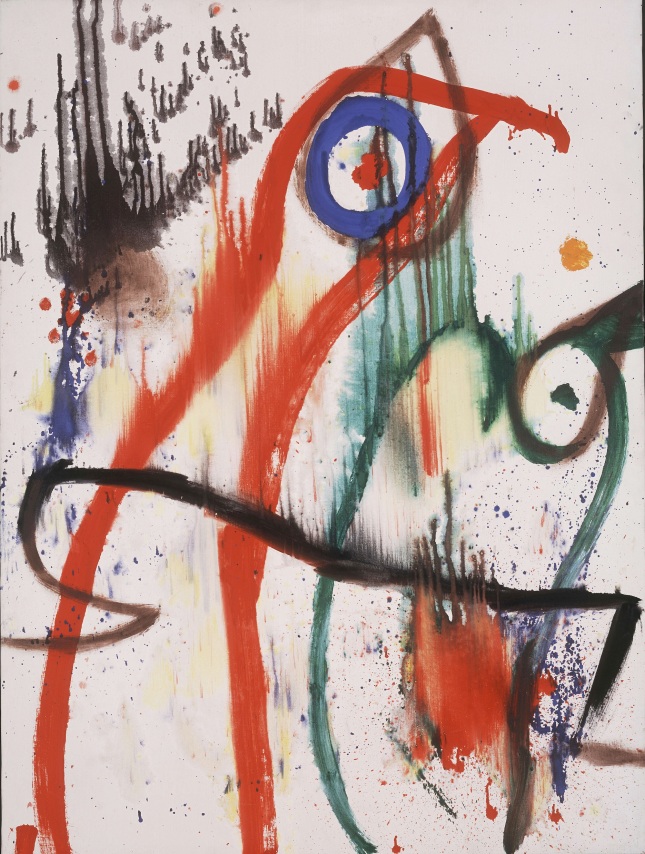Let’s face reality: your child does not draw like a conceptual artist or an abstract painter. Usually it’s the other way round: artists can replicate the childlike way of drawing. I say this because I was recently visiting a non-figurative exhibition and I heard the same old comment from a parent, pronounced with a dismissive tone: “My son paints like this.” In this case, “like this” means the Barcelona-born painter and sculptor Joan Miró.
It’s no secret that the main challenge with art is its intelligibility, and people tend to reject what they don’t (fully) understand. This is even truer for contemporary art, which requires an extra dose of study to grasp its meaning. You need to research. You have to do your homework, or you’re going to dismiss abstract pictorial signs as if they were a child’s doodle, just because you don’t “get” them.
Last week I was back in Italy for the Christmas break and I took advantage of a day off in Mantua too see the exhibition “Miró. L’impulso creativo” (Miró. The creative impulse) hosted at the Fruttiere of the Palazzo Te and curated by Elvira Cámara López for Fundació Pilar i Joan Miró. It’s a show so accessible that it does not allow its audience “not to get it”. I would say that it’s a sort of “Miró for dummies”, but I don’t want it to sound like a bad thing. Actually, the plus of the exhibition is indeed its easy readability.
The 53 artworks displayed, which include paintings, sculptures and drawings, span the whole career of the Catalan artist. The exhibition offers a behind-the-scene look at Miró’s work in the studio and at his imaginative process. perfectly framed by an old short interview with BBC screened during the itinerary.
Five thematic areas cover the gesture and graphics; the expressive power of black; the importance of simplicity; a closer look at how Miró treated the backgrounds and at the different materials he used, with a specific focus on the reconstruction of the Sert and Son Boter studios. His iconography, made of motifs such as women, birds, stars and heads stares at the visitor, with his signature use of primary colours enhanced by strong black lines and dripping. He was a Mediterranean soul looking at American Abstract expressionism and Japanese ideograms.
The intelligibility of his work was of concern for Miró too, as his own words reproduced on the walls point out: “I’d like to explain to anyone who looks at my works why they are as they are, why one day I decided to grasp hold of the secret life of things, and how, bit by bit, I got rid of all the external realities to reach the Sign, which is an Ideogram.”

Atelier Sert. Fundació Pilar i Joan Miró. © Successione Miró by SIAE 2014. Photo: © Joan Ramón Bonet & David Bonet.
Painted using brushes, brooms or bare hands, his works evoke extreme freedom as well as unleashed creativity, captured on any sort of material and framework. Again in his words: “I make use of everything: if I receive a parcel, I keep the wrapping paper; other times, if they send me a lovely card from Japan, I use that too…”
The show at Palazzo Te is on until 6 April 2015. Personal tip: unless you’re well acquainted with abstract art and Surrealism, get the audio guide.


Pingback: When Talking About Art Is In Itself a Form of Art: Carlo Vanoni’s “In Bed with Mona Lisa” | Prominent Monkey